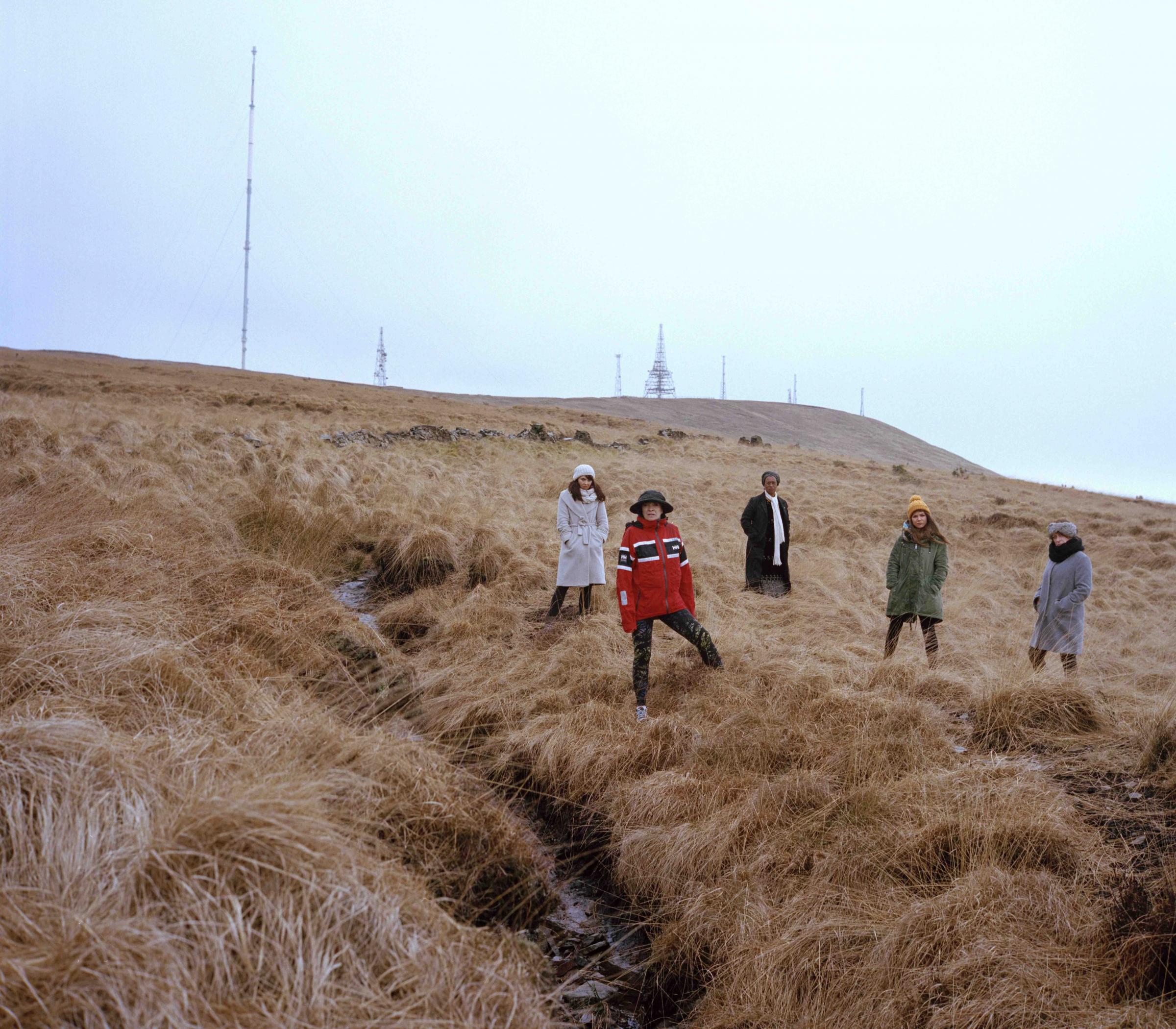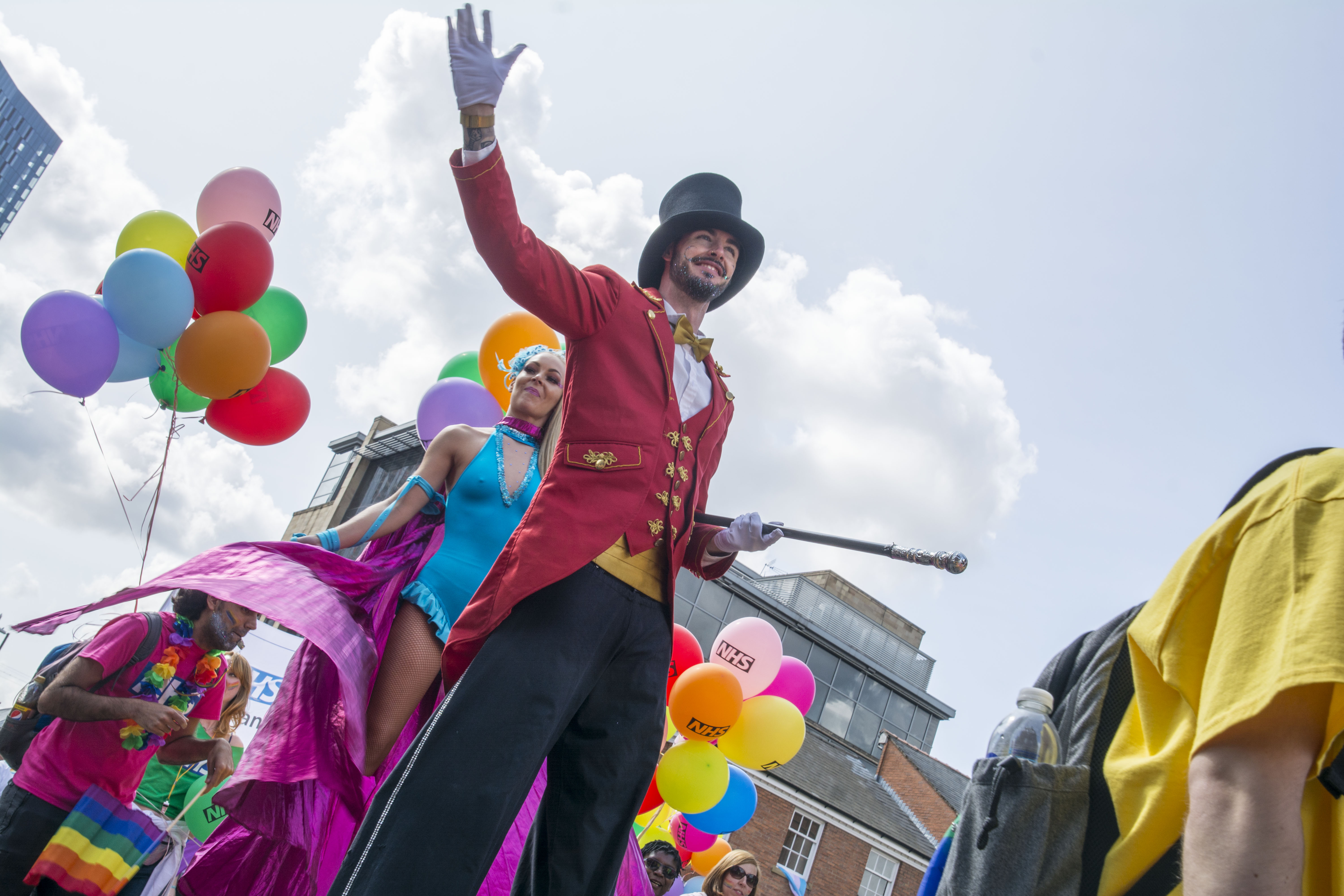When I heard a radio review of a play called Winter Hill being staged at the Octagon Theatre in Bolton, it was like an electric jolt had sparked 200-miles across England from the transmitter that sits on its summit.
The play, by Timberlake Wertenbaker, set on the hill above the town, sounded really interesting, but it was the mere mention of the place that sent my imagination swirling.
I was born and brought up never far from a view of Winter Hill, but I have lived down south for longer than I spent in the North West and my relationship with it has changed. It was part of my landscape growing up, but now my first glimpse of it on journeys back is a bittersweet experience. Its 1,000-plus feet high mast – white during the day and neon red at night – acts as a beacon, drawing me to the place that still feels like home, but reminding me that I chose to leave.
While it may lack the majesty of Snowdon or Scafell Pike, it is the most distinctive and familiar natural landmark in this corner of the British Isles.
For millions of people, from North Wales across the Cheshire plains, from Liverpool to Manchester and the towns in between, Winter Hill interrupts their horizon.
Millions of others from further south drive past it on their way to the Lake District and Scotland, not knowing what they are looking at let alone considering stopping off for a closer look. If it was anywhere else, it might be a national tourist attraction.
The North West is not lacking in eye-catching features, from Blackpool Tower to Manchester’s Beetham Tower and Liverpool Cathedral to Old Trafford’s Theatre of Dreams, but one thing they have in common is that on a clear day they can each be seen from Winter Hill and its own landmark on its western edge, Rivington Pike.
Its Lakeland, Snowdonian and Pennine cousins may be more beautiful or imposing, but what they lack is its proximity to the push and pull of the towns and cities it watches over and its role as a bridge between urban sprawl and moorland wilderness.
Winter Hill sits like a king with its industrial subjects woven into a carpet at its feet, the warp and weft of former Lancashire mill and mining towns of Chorley, Bolton, Bury, Oldham and Wigan. Nestling between them are lesser known places such as Horwich, Leigh, Atherton, Tyldesley, Farnworth, Walkden and Swinton, while its reach stretches out to Warrington, Runcorn, St Helens and the cities of Salford, Manchester and Liverpool.
In shape, it resembles a perfectly formed rock cake turned out from God’s baking tin and decorated with a man-made candle that is a stunning feat of engineering.
It might be solid, but in colour it is a colossal chameleon that shifts between brown, green, bronze and white with the seasons, and can look inviting or intimidating depending on whether it is sat under sunshine or cloud.
Motorists heading north on the M6 get their first glimpse as they pass through Cheshire, close to the Jodrell Bank radio telescope near Holmes Chapel, which incidentally can be observed from the Pike.
The moment to make the heart flutter is on the Thelwall Viaduct over the Manchester Ship Canal – one of the great symbols of the North West’s industrial heritage – on the approach to Warrington where the northern skyline is suddenly dominated by Winter Hill.
It is very different if you are travelling from the north or east, from where it hides coyly among the West Pennine Moors, a shy summit compared to the dramas of the Lakes or the spine of the Pennines, until it chooses to reveal itself in all its glory.
What a shame that residents of Darwen and Blackburn to the north, who can boast that the hill is on their doorstep, or rather they are on its, miss out on the sublime view that more distant towns to the south enjoy.
I was reminded of Winter Hill’s pull just a few weeks ago when I was visiting the bird reserve at Gronant dunes in North Wales where the little tern colony is a joyous celebration of nature and conservation.
Glancing up and looking along the beach, past the caravans of Prestatyn, beyond Birkenhead and Liverpool, I was taken by surprise to see Winter Hill, 66 miles away but looking so close and so familiar.
From its top, gazing down on the patchwork quilt of North West England and Wales, Winter Hill allows visitors to enjoy one of the country’s most amazing panoramas.
But the most impressive view of all is from down below, looking up at what is a giant ‘Welcome to the North West’ sign.
By Peter Cunliffe
Main image: Bolton Octagon’s Winter Hill











